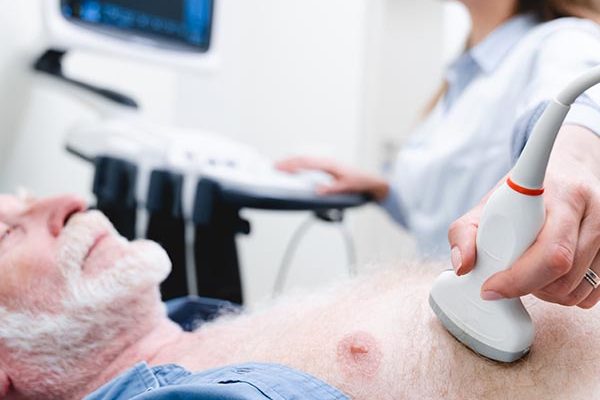Proposed use
Interfacing with the human nervous system is at the core of emerging technologies with the goal of establishing a stable connection to human neural cells, and the decoding and interpretation of neural activity patterns associated to human behaviours. In addition to providing a breakthrough in our understanding of working principles of the central nervous system, such technologies have profound implications for human-machine interaction technologies.
Here, a wearable neural interface, that allows a direct non-invasive connection with the human nervous system, is presented. The device is intended to be used in a variety of human-machine interfacing application scenarios including (but not limited to):
- medical (e.g. prosthetics, assistive and rehabilitation devices)
- research (e.g. laboratory equipment to study neuromuscular system)
- consumer electronics (e.g. wearables, gaming)
- Industrial (e.g. exoskeleton suits)
Problem addressed
In recent decades, numerous neural interfacing paradigms have been developed with varying trade-offs in information transfer rate and level of invasiveness. The highly invasive methods (such as cortical recordings and intra-muscular recordings) provide the highest information transfer rate, however, they are limited within the confines of a laboratory due to practical issues (the need for surgery, risk of infections for tethered solutions, power-bandwidth bottleneck for wireless solutions). Therefore, invasiveness of these techniques limits their clinical translation and large scale use in healthy individuals. On the other hand, non-invasive approaches (such as electroencephalogram – EEG) are extremely limited in the information transfer-rate.
The developed non-invasive device for neural interfacing breaks the traditional information-invasiveness bottleneck observed in earlier neural interfacing approaches and achieved the high-information transfer rates in a non-invasive manner using high-density surface electromyography (EMG) recordings to extract the activity of spinal motoneurons. Such direct access to spinal neural circuits provides numerous opportunities for use in the diagnosis and treatment of neuromuscular conditions as well as neurorehabilitation technologies. Further applications are also envisaged in human-motor augmentation and wearable technologies for consumer electronics.
Technology overview
The novel non-invasive neural interfacing device relies on the recordings from high-density surface EMG electrodes (as the input to the system) and is fully autonomous (i.e. no user intervention is required to use). The device monitors the activity of individual motor neurons in the spinal cord and uses blind source separation techniques to extract individual timings of motor unit discharges. The system comprises two modules; training and real-time. The training module performs the initial calibration and estimation of real-time system configuration parameters (as well as performing adaptation during use). Once configured, the real-time module converts the recorded sEMG signals into a series of discharge times and labels to be communicated to an external device or system.
Intellectual property information
PCT/GB2019/052371 – NEURAL INTERFACE





